Is This Wilting Rose Suffering From Lack of Water or Something Else?
westes Zone 9b California SF Bay
3 years ago
last modified: 3 years ago
Featured Answer
Sort by:Oldest
Comments (86)
dianela7analabama
3 years agolast modified: 3 years agowestes Zone 9b California SF Bay thanked dianela7analabamawestes Zone 9b California SF Bay
3 years agolast modified: 3 years agoRelated Discussions
Plants dying - Dollorama potting soil or something else?
Comments (4)dollarama soil shouldn't be the problem. it's basically a soilless mix. not much nutrition added to it. Much of the other soilless mixes have slow release fertilizers added to them. Anyway ground cherries and cuban oregano are both outdoor plants but in our cold climate they just won't survive outdoors in winter. if you have a good plant light, then there's a chance they will survive. Lost of factors why plants will wilt right after planting - one is that it suffered transplant shock. A way to go around it is to make sure the plant is well watered hours before transplanting. Also to make sure roots are not damaged or disturbed during transplanting. Especially with ground cherries which are succulent like plants, they do need a good drink before transplanting. Also not a good idea to fertilize a newly planted plant. You risk damaging the roots. In anycase the roots having just been transplanted will need time to recover and cannot absorb water nor nutrients for the time being. Rule of thumb, the smaller the plant, the less transplant damage it will occur. Leaves go yellow when they don't have enough nutrients. Tropical plants can actually go into a form of dormancy in winter- its a reaction to lesser daylight hours. Some tropical plants can actually react to lesser lighting by shedding leaves or have branches dying. Like for example the ficus tree. Also last, overwatering.. Too much water can make cells 'explode' wilt and then die. Cells are like balloons that do not know when it has absorbed too much water. So water carefully. Let it dry between watering. Cuban oregano certainly resembles coleus, succulent tissues and they are okay under good amount of indirect sunlight. But greenhouse lights would be better. You can propagate more by taking branches, letting it dry in between and then sticking them into soilless mixes....See MoreAnyone else suffering slumping sales?
Comments (31)Hanselman: How many people do you have picking and working for you during the busy season? I am pretty much a one man show. my brother in law helps out, but he is mildly mentally handicapped, so his help is limited to specific tasks. Watering, picking cherry tomatoes, carrying totes, watching the kids, open and closing hoop buildings. I know one of the areas I get hurt on is selling. I usually have 24 feet of table space (3 8 foot tables) and only myself to take money and answer questions. I am really hopping most of the time. I always have lines. Good I guess, but I know I am probably missing some sales because of it. My BIL helps with setting out produce when I run out and putting bags on bowls/baskets to be weighed. But he is limited in the abilities. Every little bit helps. Sometimes we even have our 4 kids with us! That sounds Like it was a really good day. I will never be there, at least with my current situation....See MoreIs this rose mosaic? Or is it something else?
Comments (2)That doesn't look like RMV. The leaves with the yellowed veins looks like some kind of deficiency. The others look like black spot to me....See MoreAnyone else's garden suffer from excessive rain this year?
Comments (16)Interesting.. some people have absolutely no problems and some people did like me. The mosquito population over here exploded. There are swarms of them literally going after me every day. Its good that I didn't have to give any supplemental watering to my plants but too many fungus problems happen in this much rain. Is there really no way of combating fungus diseases caused by the excessive rain? Or do I just have to keep watching my plants suffer and die. Because even if you apply fungicide the rain will only wash it away. I wonder if a state exists where there is consistently 1 inch of rain a week in spring and summer, almost no precipitation(other than snow) in winter, doesn't go below -5 degrees in winter but not a warm winter like in the PNW and southeast(need a pretty good freeze for fungal reasons), doesn't go over 85 degrees in summer, humidity is low in summer, no natural disasters, no voles or Japanese beetles. I would do anything to move to a place like that....See Morestrawchicago z5
3 years agolast modified: 3 years agowestes Zone 9b California SF Bay thanked strawchicago z5westes Zone 9b California SF Bay
3 years agolast modified: 3 years agostrawchicago z5
3 years agolast modified: 3 years agowestes Zone 9b California SF Bay thanked strawchicago z5westes Zone 9b California SF Bay
3 years agolast modified: 3 years agostrawchicago z5
3 years agolast modified: 3 years agowestes Zone 9b California SF Bay thanked strawchicago z5westes Zone 9b California SF Bay
3 years agowestes Zone 9b California SF Bay
3 years agowestes Zone 9b California SF Bay
3 years agostrawchicago z5
3 years agolast modified: 3 years agowestes Zone 9b California SF Bay thanked strawchicago z5Sheila z8a Rogue Valley OR
3 years agowestes Zone 9b California SF Bay thanked Sheila z8a Rogue Valley ORPlumeria Girl (Florida ,9b)
3 years agolast modified: 3 years agowestes Zone 9b California SF Bay thanked Plumeria Girl (Florida ,9b)Sheila z8a Rogue Valley OR
3 years agowestes Zone 9b California SF Bay thanked Sheila z8a Rogue Valley ORwestes Zone 9b California SF Bay
3 years agowestes Zone 9b California SF Bay
3 years agoSheila z8a Rogue Valley OR
3 years agowestes Zone 9b California SF Bay thanked Sheila z8a Rogue Valley ORStephanie, 9b inland SoCal
3 years agowestes Zone 9b California SF Bay thanked Stephanie, 9b inland SoCalPlumeria Girl (Florida ,9b)
3 years agolast modified: 3 years agowestes Zone 9b California SF Bay
3 years agowestes Zone 9b California SF Bay
3 years agolast modified: 3 years agowestes Zone 9b California SF Bay
3 years agolast modified: 3 years agowestes Zone 9b California SF Bay
3 years agolast modified: 3 years agostrawchicago z5
3 years agolast modified: 3 years agowestes Zone 9b California SF Bay thanked strawchicago z5strawchicago z5
3 years agolast modified: 3 years agowestes Zone 9b California SF Bay thanked strawchicago z5katyajini
3 years agostrawchicago z5
3 years agolast modified: 3 years agomustbnuts zone 9 sunset 9
3 years agowestes Zone 9b California SF Bay thanked mustbnuts zone 9 sunset 9strawchicago z5
3 years agolast modified: 3 years agowestes Zone 9b California SF Bay thanked strawchicago z5strawchicago z5
3 years agolast modified: 3 years agowestes Zone 9b California SF Bay thanked strawchicago z5Stephanie, 9b inland SoCal
3 years agowestes Zone 9b California SF Bay thanked Stephanie, 9b inland SoCalStephanie, 9b inland SoCal
3 years agowestes Zone 9b California SF Bay thanked Stephanie, 9b inland SoCalstrawchicago z5
3 years agolast modified: 3 years agowestes Zone 9b California SF Bay thanked strawchicago z5westes Zone 9b California SF Bay
3 years agowestes Zone 9b California SF Bay
3 years agolast modified: 3 years agostrawchicago z5
3 years agolast modified: 3 years agowestes Zone 9b California SF Bay
3 years agostrawchicago z5
3 years agolast modified: 3 years agowestes Zone 9b California SF Bay
3 years agoVaporvac Z6-OhioRiverValley
3 years agowestes Zone 9b California SF Bay thanked Vaporvac Z6-OhioRiverValleywestes Zone 9b California SF Bay
3 years agowestes Zone 9b California SF Bay
3 years agowestes Zone 9b California SF Bay
3 years ago
Related Stories

REMODELING GUIDESGet What You Need From the House You Have
6 ways to rethink your house and get that extra living space you need now
Full Story
GREAT HOME PROJECTSHow to Switch to a Tankless Water Heater
New project for a new year: Swap your conventional heater for an energy-saving model — and don’t be fooled by misinformation
Full Story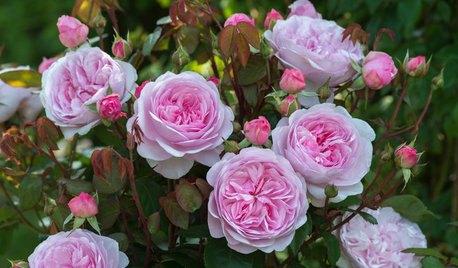
ROSES9 Roses That Landscape Designers Love
See which beautiful and reliable rose varieties are favored by designers around the country
Full Story
MOVINGMaking a Home Away From Home
Feeling like a stranger in a strange land? These tips can help ease the transition after a big move
Full Story
COLORNature’s Color Wisdom: Lessons on White From the Great Outdoors
Blizzard fierce or butter soft, white can highlight shapes, unify a room and perform miracles on the cheap
Full Story
DECORATING GUIDESFrom Queasy Colors to Killer Tables: Your Worst Decorating Mistakes
Houzzers spill the beans about buying blunders, painting problems and DIY disasters
Full Story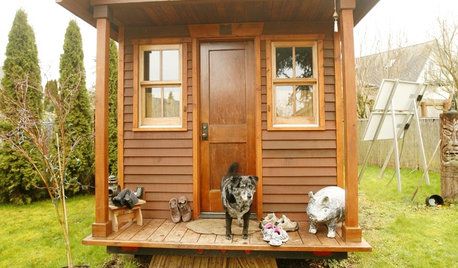
SMALL SPACESLife Lessons From 10 Years of Living in 84 Square Feet
Dee Williams was looking for a richer life. She found it by moving into a very tiny house
Full Story
SELLING YOUR HOUSEA Moving Diary: Lessons From Selling My Home
After 79 days of home cleaning, staging and — at last — selling, a mom comes away with a top must-do for her next abode
Full Story
WINTER GARDENINGPruning Secrets for Exquisite Roses
Encourage gorgeous blooms year after year with this time-tested advice on how to prune your rosebush in winter for health and shape
Full Story
SAVING WATERXeriscape Gardens: How to Get a Beautiful Landscape With Less Water
Conserve water and make gardening much easier with the xeriscape approach’s 7 principles
Full Story


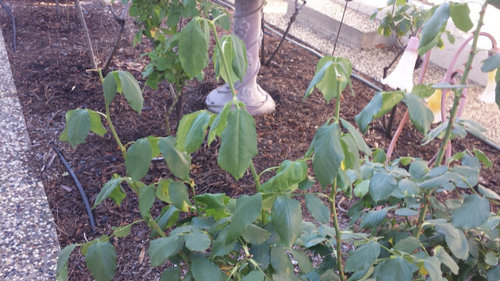
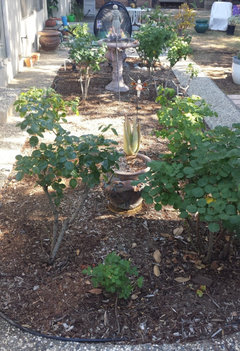

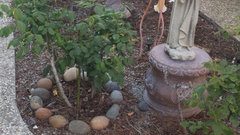
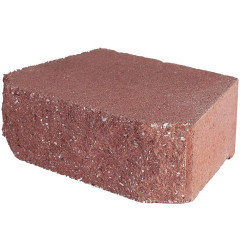

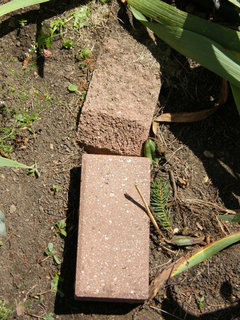
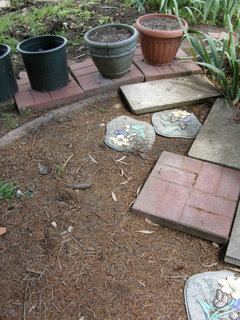
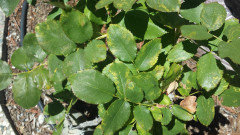

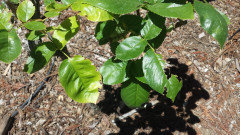
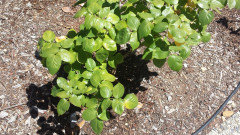




strawchicago z5